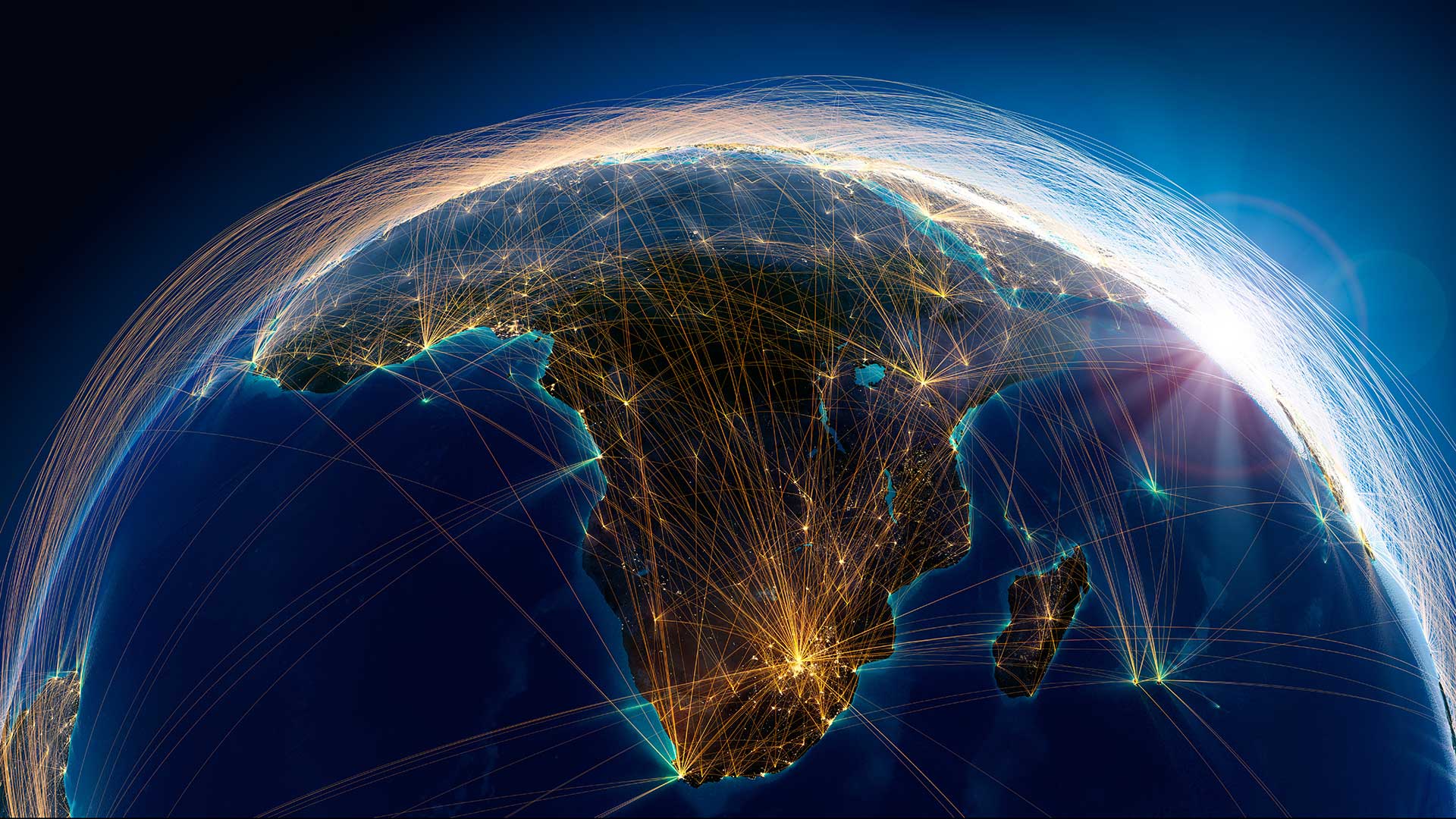Save the Children explains how new technology is allowing the organisation to change how it distributes awards on the ground in a snapshot of African treasury’s evolution.

Save the Children, the global humanitarian organisation that works to improve the lives of children, has dispersed its awards via mobile wallets in several African countries for a while. Now, rather than rely on specialist intermediaries, the charity is looking to link its own TMS and accounting and central payments system with an African Mobile Money Gateway. “Alternative payments like mobile wallets are increasingly important when we disperse cash or voucher awards in remote areas,” says Edward Collis, Treasurer, Save the Children International who oversees a centralised treasury structure based out of London, dispersing around US$1.4bn in donor funds to 60-odd countries including 27 in Africa, home to some of the charity’s most extensive and oldest operations.
It is still early days and Save the Children is in talks with several banks and mobile wallet intermediaries on how to best link mobile wallets to its central payments system. Nevertheless, Collis believes this is the type of progress that encapsulates treasury innovation in Africa. “We are seeing a lot of innovation around the meshing of banking partners, mobile wallets and cash agent solutions. Things are moving fast,” he says.
As progress gathers pace, some of the key risks that had made Collis and the team wary are retreating. Since Mobile Money Operators (MMOs) are telecoms providers and not regulated like banks, the absence of capital protection or screening of payments processes and beneficiaries is a source of concern. But now banks, long on the back foot, are beginning to also offer mobile accounts evident in the proliferation of so-called intermediary or light accounts with mobile wallets. “It is quite attractive because we can now overlay bank regulatory comfort on top of the mobile wallet landscape,” he says. “The treasury systems-side is catching up as banks move fast. Africa is leading on mobile wallet technology.”
Technology is also transforming cash visibility in Africa. Save the Children International runs around 500 accounts globally. Three years ago, about 35% of these accounts were visible, equating to about half the organisation’s total cash. Following an overhaul using SWIFT (the charity is a SWIFT corporate member) and a specialist payment and reporting partner, the treasury team now has visibility of around 98% of its cash and 86% of its bank accounts (with a target to achieve 90% visibility by year end).
“We get bank statement reporting every day from banks across Africa who send MT940 over SWIFT to our TMS which we then upload into our single ERP. It’s really helped with the visibility piece,” says Collis. In Yemen, Save the Children was the first organisation to obtain MT940 reporting from some of its banking partners and lessons from Yemen were then applied to Africa.
Save the Children is in the process of introducing local ACH payment capability executed via its central payment TMS platform, continues Collis. In the past, the local, in-country accounts payable team would generate a payments file and upload it locally into their electronic banking platform. Now it is routed through a secure, central architecture sitting between the organisation’s ERP and TMS payments system in a journey that goes via SWIFT to the NGO’s main banking partners in London. From there it is routed over the main banking partners’ networks to local branches in Africa and executed as a local payment. “We are about a third of the way through this process,” says Collis. “We are trying to get as much control and visibility as we can over our payments and funding. It is all about trying to minimise our balances and reduce the risk of local currency balances.”
Unlike a typical corporate which seeks to take cash out of its African subsidiaries, Save the Children’s flows are the other way – putting money into Africa. The charity converts its income in donor G20 currencies (typically dollars, krona, euros or pounds) into local currencies to spend on the ground. Almost all the organisation’s FX management is done centrally with a clear focus on tightly controlling local in-country cash balances to minimise risks to donor funds (for example, FX devaluation risk can quickly erode the organisation’s spending power on the ground).
This tight local country liquidity control is facilitated by a fortnightly funding cycle, resulting in Save the Children holding little cash in country compared to most corporates, explains Collis. “In some rare circumstances, we might hold cash for a couple of months which exposes us to the risk of devaluation, but trapped cash is not really an issue as we are constantly spending on our humanitarian programming locally,” he says.
Still, inflation adds another layer of complexity, reducing the purchasing power afforded by favourable exchange rates. “We spend a lot of time working out how to get better visibility and reporting to our donors and stakeholders related to FX devaluations and issues around the convertibility of FX,” says Collis.
In another observation of the treasury landscape, correspondent banks are increasingly thin on the ground, says Collis. Although paying banks that instruct local banks in, say, Somalia to make a payment remain stalwart partners, correspondent banks in the chain that only receive a small fee but are subject to costly and cumbersome compliance from the paying bank, are becoming scarce.
“For higher risk locations, it’s easy for banks to say no,” says Collis. “Some of the funding chains are getting thinner and stretched and in some places correspondent bank relationships are getting thin on the ground. We haven’t got to the point where we can’t fund our higher risk locations, but it is getting worse and trending this way,” he concludes.